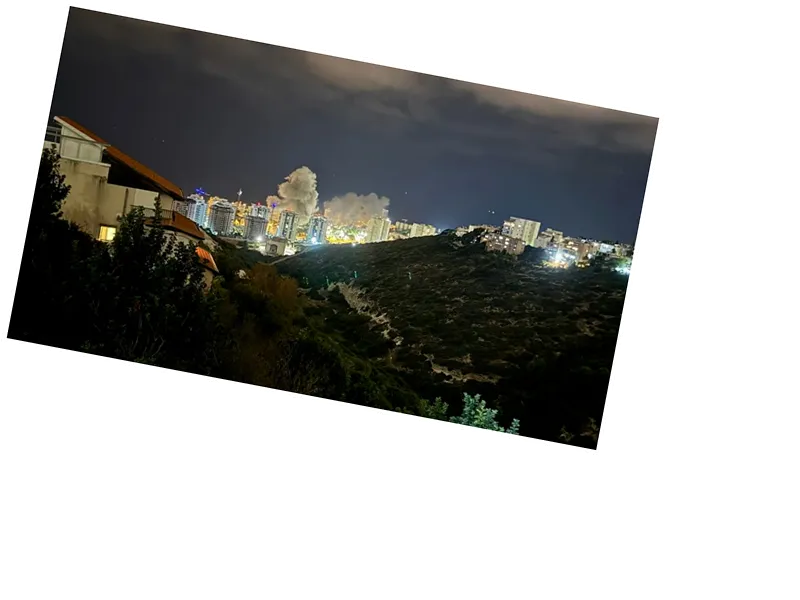The conflict highlights the ongoing tensions between Israel and Hezbollah, with both sides suffering casualties and the civilian population bearing the brunt of the violence.
Israel's strategy of targeting areas believed to house Hezbollah's financial resources raises questions about the protection of civilian lives in conflict zones.
The humanitarian impact of the conflict is severe, with over 1.3 million people displaced and significant destruction in Lebanese cities.
The conflict may continue to escalate as both sides remain entrenched in their positions, with potential for further military actions from Israel and retaliatory strikes from Hezbollah.
Increased international pressure may arise for a ceasefire and humanitarian aid as civilian casualties mount on both sides.
Explosions and sirens were reported in Haifa and multiple Israeli cities as Hezbollah launched missiles from Lebanon early Tuesday. The Israeli army confirmed the interception of five missiles aimed at northern Israel, while sirens also sounded in the Golan Heights due to fears of drone infiltration. In retaliation, the Israeli military conducted air raids in Lebanon, resulting in casualties, including a child, and extensive damage in areas like the Ouzai neighborhood of Beirut. The ongoing conflict has led to significant loss of life, with reports indicating over 2,400 deaths and more than 11,600 injuries since the escalation began in late September, alongside a substantial number of displaced individuals.
- The violence has escalated since September 23, 2023, with Israel targeting Hezbollah positions in Lebanon and claiming to disrupt the group's financial operations allegedly hidden beneath civilian infrastructure.





